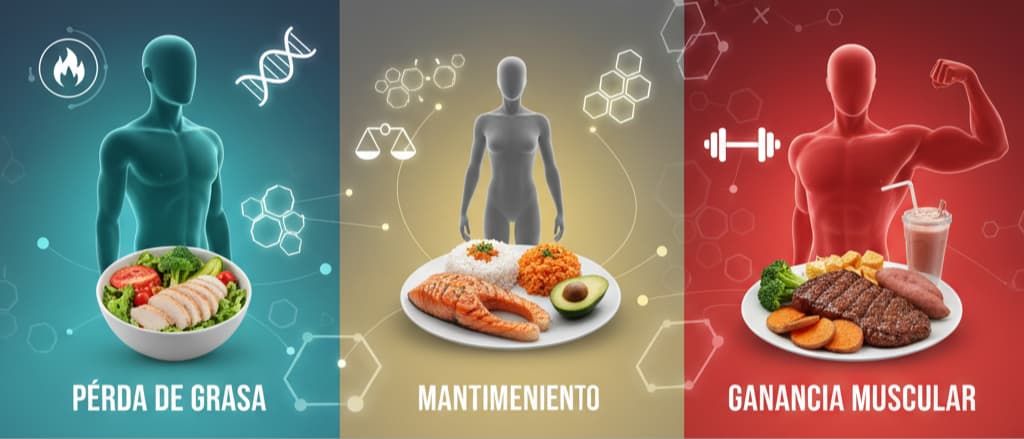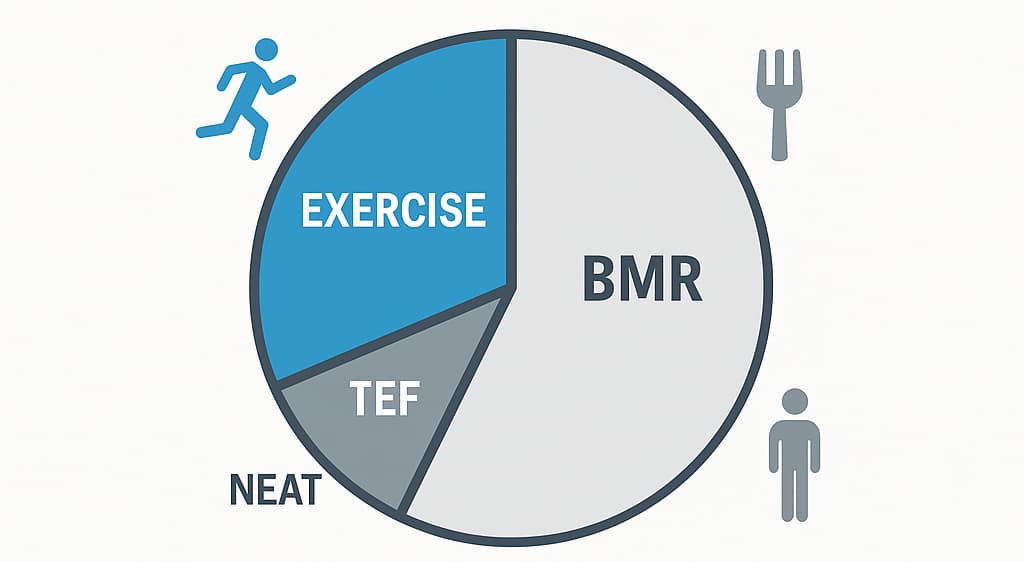Nutrition essentials
BMI explained: make sense of your number
Understand what the Body Mass Index really shows, what each range means and how to combine it with other metrics for better decisions.

What BMI measures
Body Mass Index (BMI) compares your weight and height to estimate whether you sit within a healthy range. It does not measure fat directly, but it is a fast screening tool to flag potential risks.
WHO reference ranges
Below 18.5
Underweight
May signal nutritional deficits or medical conditions.
18.5 - 24.9
Healthy range
Appropriate weight for most adults.
25 - 29.9
Overweight
First reminder to revisit habits.
30 or more
Obesity
Higher cardiometabolic risk that needs medical supervision.
How to run the calculation
- Pick metric or imperial units inside the calculator.
- Enter your current weight and height.
- Compare the output with the reference table.
- Save the number to track changes over time.
When you enter imperial data the tool converts everything to metric before applying the formula, so you do not have to do the math manually.
Consistency matters
Measure at a similar time of the day (ideally fasted) to reduce noise and see true trends.
Know the limitations
BMI does not separate muscle from fat mass and it ignores fat distribution. Athletes and older adults may require additional tests such as waist circumference, skinfolds or body composition scans.

Turn the number into action
Treat BMI as a traffic light. If you fall outside the healthy zone, work on sustainable habits: balanced meals, resistance training and quality sleep. A health professional can adapt goals to your context.
Sources


